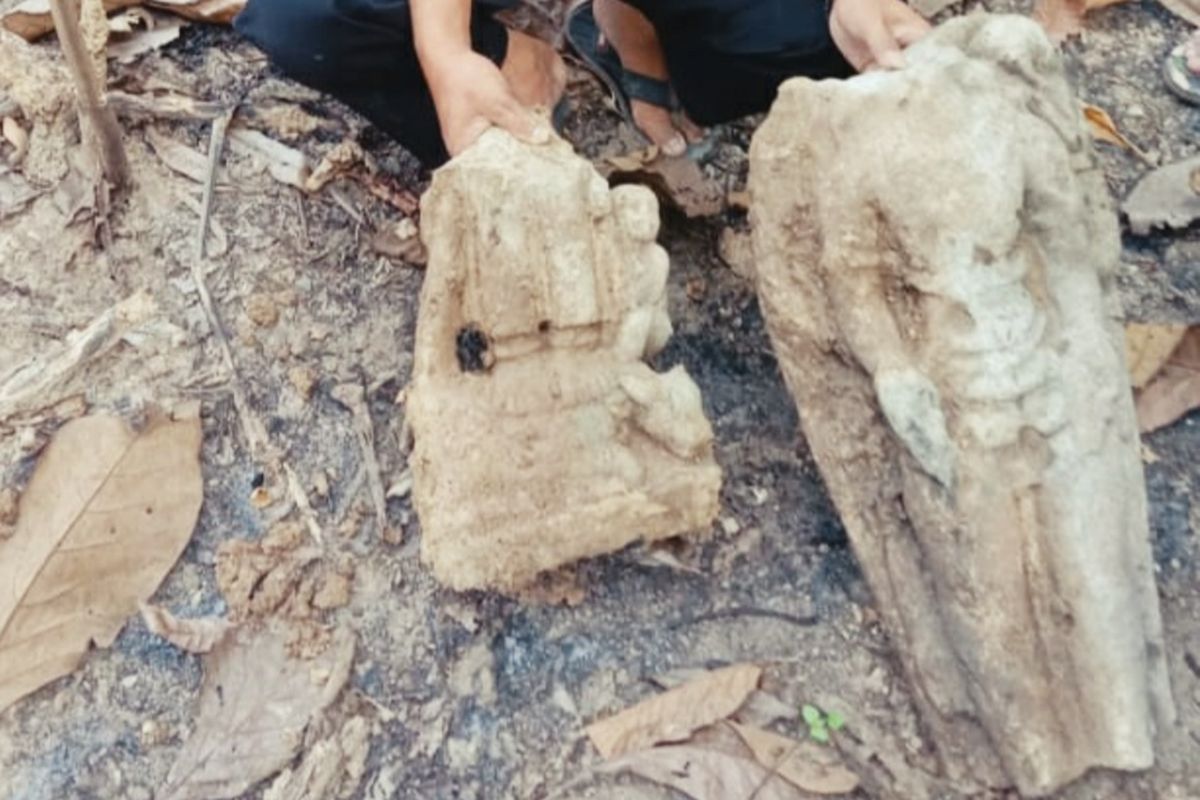Villager Digs for Stones, Finds Ancient Hindu Relics in Indonesia

GROBOGAN, KOMPAS.com – Villagers from the hamlet of Segoro Gunung in Central Java’s Grobogan Regency digging through a nearby forest got more than they bargained for, as they found the ancient statues thought to date back to Java’s Hindu-Buddhist past.
Hamlet headman Susilo recalled that one of the villagers found it while digging the forest to find foundation stones for his house. “[The villager] told me that he found a slab of white stone. As he lifted it, he found the three statues,” he told Kompas.com on September 11.
Also read: Indonesia Charts New Routes for Cycle Tourists in Cultural Capital Yogyakarta
Susilo added that the villagers found the headless statues 30 centimeters into the ground, and that he already showed his findings to the BPCB’s (Cultural Heritage Preservation Agency) Central Java branch.
“BPCB officials who appraised the 60 by 30 centimeter statues believed that they date back to the era of Hindu civilization in Java between the 3rd and 15th centuries AD. The statues are currently under my care.”
Also read: Local Tourists the Apple of the Eye in Indonesia's Tourism Ministry New Normal Plan
The BPCB’s findings are backed by the statue’s imagery. The pieces showed a god standing on top of a cow or riding the bovine animal, which is in line with the Shaivist or veneration of the Hindu god Shiva that was once widespread in Java.
Relics from Java’s Hindu-Buddhist past are frequently found on the island. They range from iconic temples like Borobudur or Prambanan in Central Java, as well as large statues in Jakarta’s National Museum, to scattered finds throughout Java.
(Writers: Kontributor Grobogan, Puthut Dwi Putranto Nugroho | Editors: Teuku Muhammad Valdy Arief, Michael Hangga Wismabrata)
Sources:































